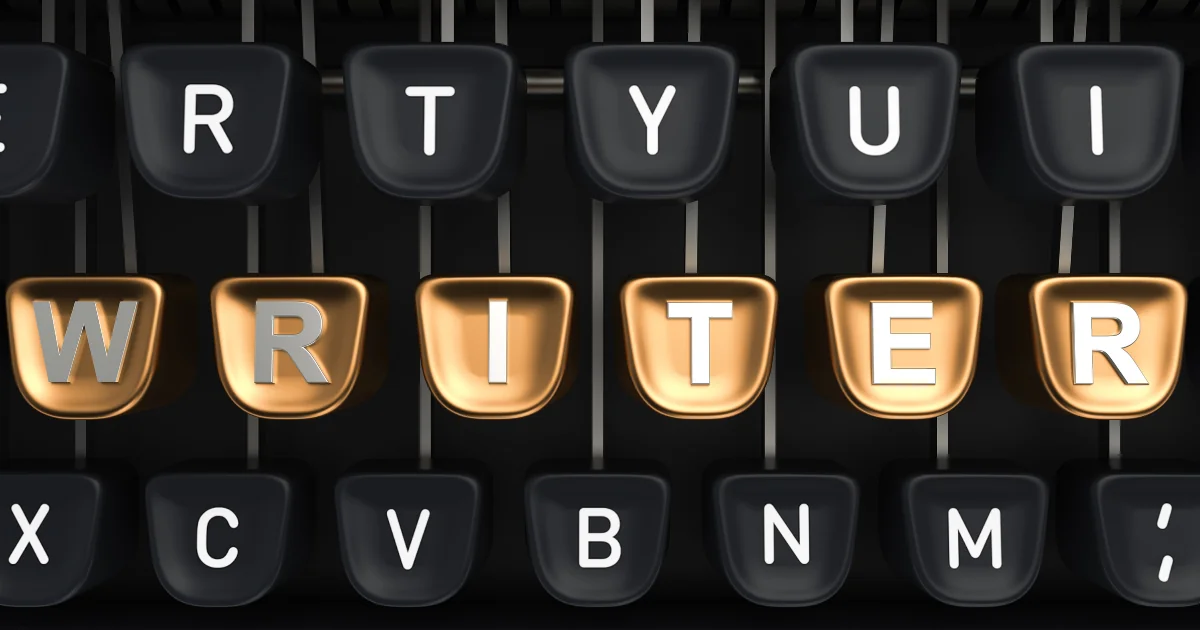Every writer needs one, though no two toolkits are the same. I’ve been assembling mine for over a decade.
Since it would be impossible to capture everything in one post and because such toolkits tend to expand, I’ve split it into a series of blog posts. I’ll start with a selection of my favourite reads on writing, because this is where most of us start when we’re looking around for advice. And there’s a lot of advice to be had, some more useful than others, because we’ve all got our special interests and preferences. These are mine, distilled over a decade to the selection of reads below, which I still use today.
Note that the book links are affiliate links to Bookshop.org.
Stephen King’s On Writing was the first and so far one of the best books on writing I’ve read. It provides all the basic dos and don’ts that are true regardless of which genre you’re writing in, but it also does more than that. It’s a masterclass in storytelling peppered with anecdotes from King’s life with high motivational value. This book is a writer’s pick-me-up, like a piece of chocolate when your sugar drops. You’ll get something out even if you don’t read or like Stephen King or if you simply want to know more about the craft of writing. However, note that this isn’t a ‘how to’ manual, but more of a memoir with some notes for writers.
Save the Cat by Jessica Brody is an adaptation of Blake Snyder’s screenplay writing for novels book. While I loved the Hero’s Journey, I struggled to apply it in practice. ‘Save the Cat’, on the other hand, was much more intuitive and useful for checking my plot for holes. You can use ‘Save the Cat’ to plot in advance. I, however, mostly use it to set the basic elements of the story in place and then to check the plot once it’s written.
If you want to plot in advance, you can do so either using their (paid) app or wing your own analog version by drawing the plot elements on tracing paper and then using Post-its to stick your scenes onto it. Once you’ve made such a template, you can easily move the Post-it scenes as you please and re-use the template for your other novels.
However, if you want to try plotting in advance or as you write, try Lisa Cron’s Story Genius. This brilliant book answered many of my plotting questions and has become my first tool for plotting a novel. Lisa’s method combines the protagonist’s inner journey with the outside events that must earn their keep. If you only have time to read one book on plotting, then Story Genius would be my recommendation.
Before discovering Lisa Cron, I often used Larry Brook’s Story Engineering approach. It’s more cerebral than Lisa Cron’s, focusing on the outside story structure, themes, concepts and characters. Unlike many other books on the topic, it breaks the story into four, not three parts, which creates symmetry and ease of working with four equal chunks instead of three unequal ones of the three-act structure.
“If you don’t have time to read, you don’t have the time (or the tools) to write.”
Stephen King
I couldn’t agree more with Stephen King’s quote above, which is why I’d recommend going a step further. Reading like a Writer by Francine Prose is a great resource for anyone interested in writing. It will make you appreciate words, sentences, rhythm and even paragraphs in a new and exciting way.
Did you know that paragraphing is unique to each author? Disputes on authorship & plagiarism have been settled by studying and comparing paragraphs. After reading this book, I found a different appreciation for reading as well as trying out new writing tricks. Not every book can do the same thing for every reader, but ‘Reading like a Writer’ provides plenty of learning and thoughts to linger on. What more could you possibly want from a book?
The Emotion Thesaurus by Angela Ackerman and Becka Puglisi: This extensive book helps you show emotions instead of telling the reader how your characters feel. It breaks down over seventy emotions into bodily sensations, thoughts, and outer signs, helping pin down those subtle movements of our mind and body to show how we feel. There are more such thesauri by the same author, but this is the one I use most often.
I’ve subscribed to many writing magazines over the years, but the UK’s Writing Magazine remains my favourite one. Think of it as a mix of how-to’s with valuable insights about publishing and writing, author interviews, competition spotlights and expert advice on revising, pitching, marketing and writing of any sort. It provides many useful contacts for traditional and indie publishing, a selection of writing competitions and story analysis. As a subscriber, you have some additional perks (e.g. free promotion of your book). The magazine has something to offer to beginners and writers with a few publications under their belt, which proves their careful curation of content and focus on providing value.
Anyone with an interest in writing and the publishing industry will benefit from Jane Friedman’s Hot Sheet, one of the best (if not the best) digests of publishing news available. Every two weeks, Jane compiles relevant information about the hot topics in publishing, including AI, and brings focus to small but significant events we might have overlooked. Even if you’re not an indie author (but especially if you are) you’ll want to know where the publishing is heading and what authors can expect in the coming years. Jane’s paid mailing is succinct and a bargain given the fact that it saves tons of time and money not having to follow many other paid outlets. Jane also has a free newsletter called Electric Speed.
Is that it? Not even remotely. Check out my list of books for writers on Bookshop.org (affiliate link) and stay tuned for more.












